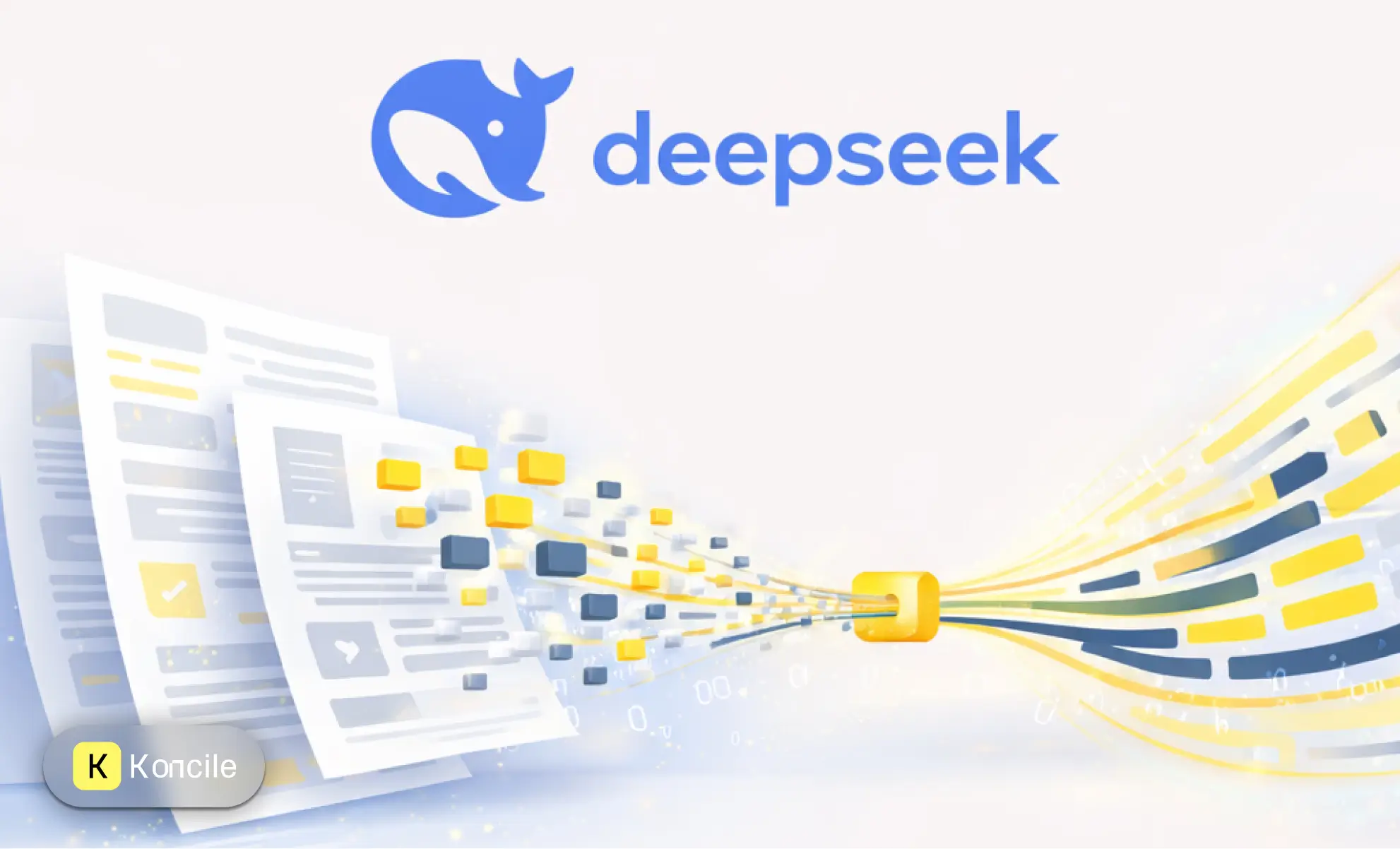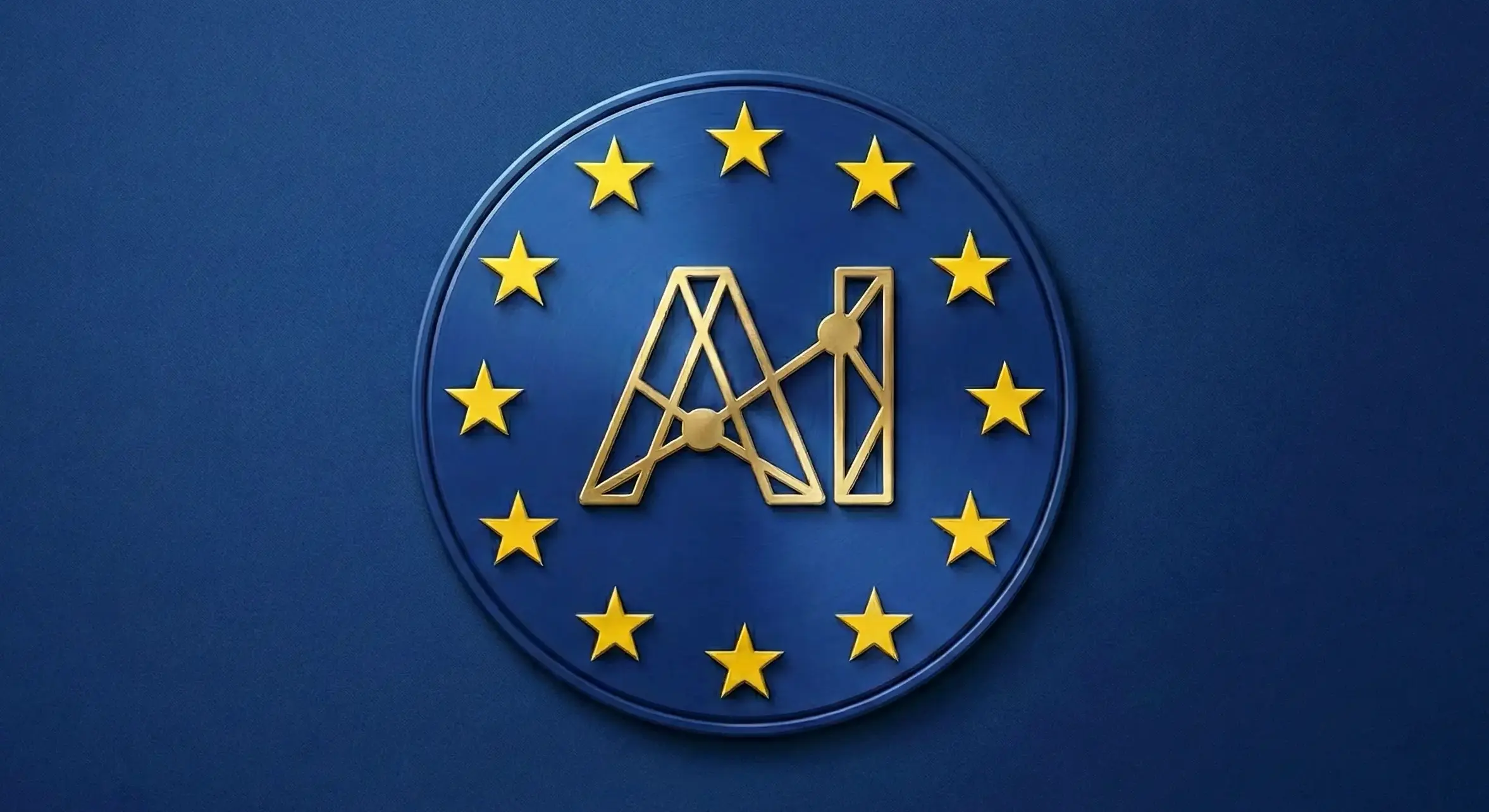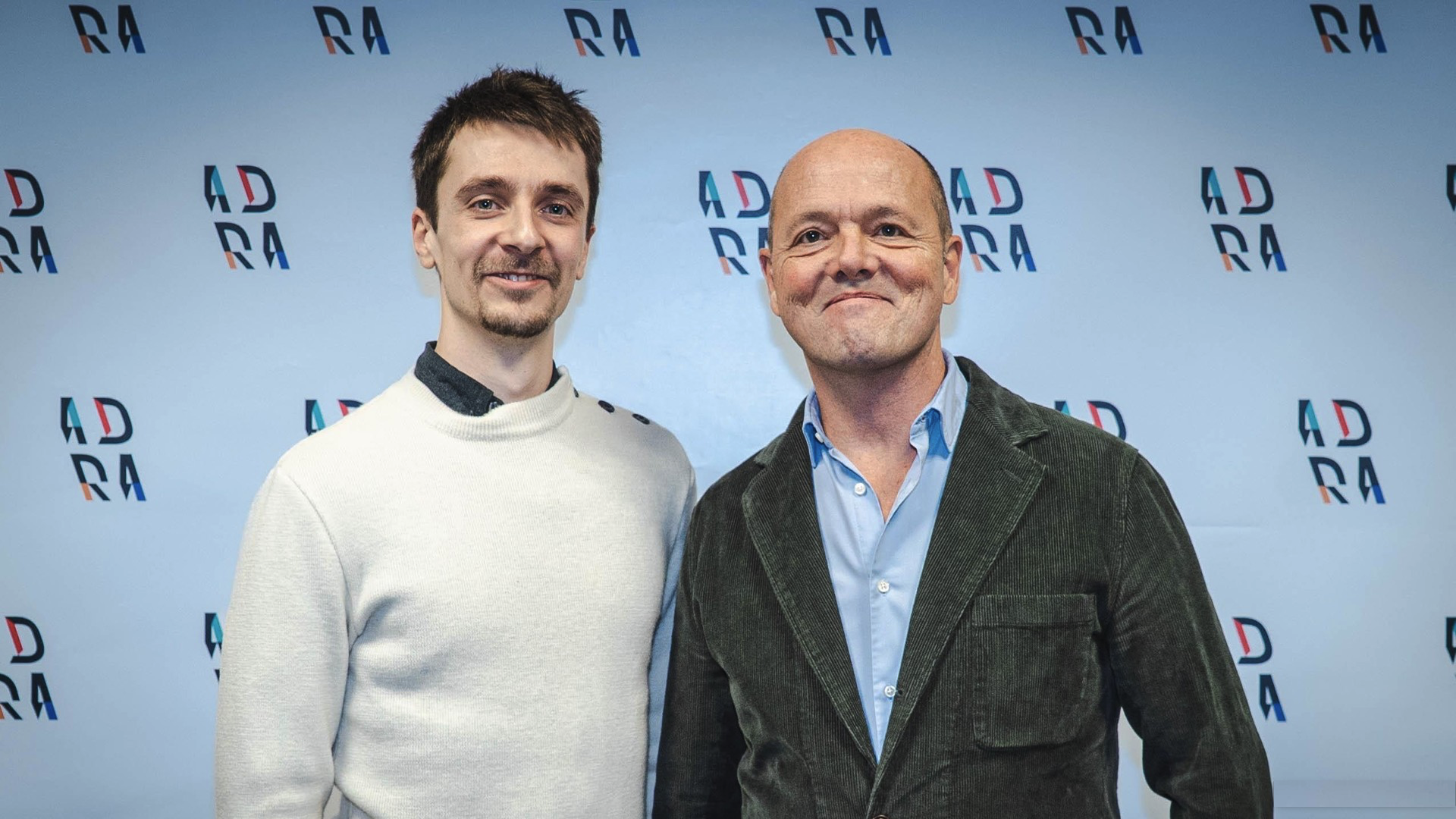Tesseract (Google)
Open sourceLong-standing reference, robust on clean printed text. Less comfortable with complex layouts and slower on large volumes than recent deep-learning approaches.
Dernière mise à jour :
October 23, 2025
5 minutes
PaddleOCR is one of the most powerful open source OCR engines, appreciated for its speed and multi-lingual support. But compared to alternatives like Tesseract or EasyOCR, is it really the best choice? This guide presents its advantages, limitations and complementary solutions such as Koncile.
PaddleOCR is one of the most advanced open source OCR engines, appreciated for its accuracy and speed. But is it really the best choice in 2025 compared to alternatives like Tesseract or EasyOCR? This comparison helps you assess its strengths, limitations and complementary solutions such as Koncile.
PaddleOCR Is a toolbox OCR open-source from the PaddlePaddle ecosystem (Baidu), released under the Apache 2.0 license. It is used to extract text from images or PDFs and convert it into usable data for your applications.
The project offers pre-trained models covering over 80 languages and a modular architecture that separates text detection, orientation, and recognition. Two families coexist: lightweight models designed for constrained contexts (mobile, real time) and “server” models that focus on precision.
PaddleOCR also includes practical tools like PPOCRLabel to quickly annotate datasets and PP structure to analyze the layout, detect tables, or extract key-value fields. The set works on CPU or GPU, runs on Linux, Windows and MacOS (with mobile versions via Paddle Lite) and integrates Python or C++ in a few lines.
The operation of PaddleOCR is based on a series of very distinct steps. First, a module of text detection Identifies relevant areas in a scanned image or document. Then, an optional step of Orientation classification Correct slanted or upturned texts. Finally, a model of reconnaissance reads the content of these areas and converts it into usable text.
This modular sequence: detection → orientation → recognition, makes it possible to process simple images as well as structured documents.
PaddleOCR also includes additional tools like PPOCRLabel (semi-automatic annotation) or PP structure (preservation of the layout, extracting tables, detection of key-value fields).
Another key element: paddleOCR is not limited to a single model.
It proposes:
Among the embedded architectures, we find the PP-OCR (available in several versions: v2, v3, v4), but also advanced models such as SRN, NRTR, or SVTR, which exploit recent neural networks (CNN, RNN and transformers) to improve the quality of recognition.
The first strong point of PaddleOCR is its very good precision. In comparative tests, it makes fewer mistakes than Tesseract, the historical OCR engine, making it a reliable solution even for complex documents.
Another advantage: paddleOCR is swift. When used with a graphics card (GPU), it can process documents several times faster than with a simple processor (CPU). This capability is a real plus for companies that have to manage large volumes of files, such as batches of invoices or scanned archives.
Son multi-lingual support is also a major asset: it recognizes more than 80 languages, with greater efficiency for English and Chinese. It can also read various file formats (PDF, JPEG, PNG, etc.), making it versatile.
Finally, paddleOCR is pliable. Its various modules (detection, recognition, and orientation) can be adapted or replaced according to needs. This makes it compatible with more advanced environments, such as artificial intelligence solutions that use extracted data to automatically organize, search, or analyze it.
Despite its strengths, PaddleOCR has some limitations.
Although compelling, PaddleOCR remains above all a technical toolbox intended for developers. To integrate it effectively, it is necessary to manage the installation of the PaddlePaddle framework, the configuration of the models and their integration into an application workflow.
For businesses that want to go faster and reduce this complexity, cloud platforms like Koncile represent a complementary alternative. Unlike PaddleOCR, Koncile is not limited to text recognition.
In other words, PaddleOCR is ideal for technical teams that want total control and a powerful open-source engine, while Koncile caters to organizations looking for a turnkey solution that is ready to deploy in their business processes.
Move to document automation
With Koncile, automate your extractions, reduce errors and optimize your productivity in a few clicks thanks to AI OCR.
Resources

A clear, structured explanation of DeepSeek OCR and its approach to document context.
Glossary

The European AI Act frames AI through risk. Learn what's changing for businesses, sanctions, and decisions to make.
Glossary

Koncile is elected startup of the year by ADRA. The solution turns procurement documents into actionable data to detect savings, monitor at scale, and improve strategic decisions.
News